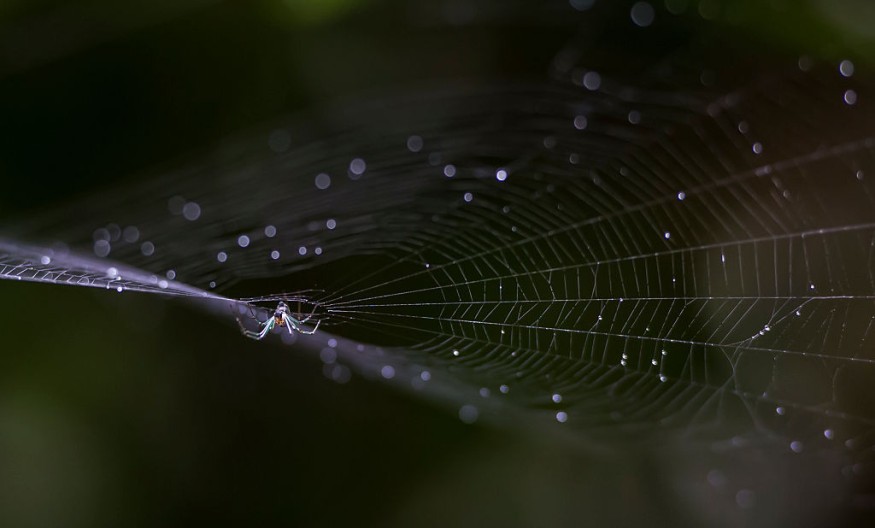A research group used AI systems and night vision sensors to examine the movement of a spider's eight limbs while building a web.
Spiders, despite being tiny, can waltz on a human's toenail, and are susceptible of stunningly exquisite and intricate architectural marvels.
The final outcome is a simulation that can anticipate the phases of web formation by the spider's legs position. Constructions of web that have captivated and enthralled humans for millennia.
Advance Technology Use to Study Spider Webs

With the help of technology and experts, researchers now have complete knowledge of how spiders create their webs.
"It is too much work to go to every shot and manually mark the limb positions. While advance computer vision algorithms recognize the spider's position sequence, so we could record all that the legs do to create a whole net," Remarked by one of the researchers.
Uloborus diversus, a descendant of the hackled orb weaver's spider genus, is at the core of the effort to create a database of spider web motions.
The First stride done by investigators is to videotaped the spiders as they constructed webs every day, employing thermal sensors to examine 26 locations upon every spider's body.
This is in order to know how spiders' tiny brains can handle the intricacy of network creation.
With this, the experts documented the hour shifts development of 21 links, including each spider movement patterns that contributed into their production.
"Though the overall shape differs somewhat, the concepts they apply to create the net are same," Gordus explains.
The experts observed that every spider's web-making procedure used the identical movements and motor functions, to the degree that the location of the webbing during formation might be forecast just by the placement of a foot.
Spider's Web Construction
"Drug company distribution and cognitive responses assessment will be required to deduce how narcotic modifications in attitude result to modified web application."
The crew intends to subject the spiders to consciousness substances in order to identify which areas of the brain are involved in the web-building procedure.
Experts says that they have specified the full web construction sequence which was never accomplished by other creature in a precise detail.
"The functional investigations presented here give a helpful toolset for further probing the internal mechanism of this response and, eventually, how formation is transmitted in the mind."
"Upon witnessing a phenomenal web, I assumed that if one walk to a zoo and saw a macaque construction, one would reckon it as yet another incredible and incredible chimp and it is even more astounding since a spider's brain is relatively small, and I was infuriated that we didn't realize about how this extraordinary set examples," asserts psychosocial biologist Andrew Gordus of Johns Hopkins University.
During the study duration a total of six wasps were engaged to help with the data entry and understanding of the sequence.
"Even though you visually capture it, it's a lot of limbs to follow over a significant period of time and throughout numerous persons," John Hopkins noted, University neurophysiologist.
© 2025 NatureWorldNews.com All rights reserved. Do not reproduce without permission.





